Pricklyburr, also known as Recurved Thorn-apple, Downy Thorn-apple, Indian-apple, Lovache, Moonflower, Nacazcul, Toloatzin, Toloaxihuitl, Tolguache, and Toloache, is a fascinating plant with a complex reputation. Botanically named Datura innoxia, it belongs to the Solanaceae family and is native to Central America, particularly from Arizona to Texas and Mexico. While primarily a perennial in warmer climates, it behaves as an annual in colder regions, where its growth is easier to control.
This plant is both captivating and concerning. Widely cultivated for its striking appearance, the downy thorn-apple can become invasive if not carefully managed. Its rapid growth and ability to spread pose a threat to native ecosystems, especially in regions where it is not yet a major problem, such as the United States. Additionally, Datura innoxia is highly toxic to humans and animals, requiring caution in its handling and placement in gardens. Although there are no bans on its sale, transport, or cultivation, it is generally discouraged due to these risks.
Despite its challenges, the downy thorn-apple’s unique characteristics continue to intrigue gardeners and botanists, making it an important plant to understand and manage responsibly.
| Common name | Pricklyburr, Recurved Thorn-apple, Downy Thorn-apple, Indian-apple, Lovache, Moonflower, Nacazcul, Toloatzin, Toloaxihuitl, Tolguache, Toloache |
| Botanical name | Datura innoxia |
| Family | Solanaceae |
| Species | innoxia |
| Origin | Central America, Arizona to Texas and Mexico |
| Life cycle | Perennial |
| Plant type | Herbaceous Perennial |
| Hardiness zone | 9, 10, 2011 |
| Sunlight | Full Sun |
| Maintenance | Low |
| Soil condition | High Organic Matter |
| Soil ph | Acid |
| Drainage | Well-Drained |
| Growth rate | Slow |
| Spacing | 3 ft. – 6 ft. |
| Flowering period | Fall |
| Height | 2 ft. – 3 ft. |
| Flower color | Cream, Tan |
| Leaf color | Green |
| Fruit type | Capsule |
| Fruit benefit | Showy |
| Leaf benefit | Fragrant |
| Flower benefit | Fragrant |
| Garden style | Nighttime Garden |
| Uses | Container |
I. Appearance and Characteristics
Datura innoxia (often spelled inoxia), known as pricklyburr, recurved thorn-apple, downy thorn-apple, Indian-apple, lovache, moonflower, nacazcul, toloatzin, toloaxihuitl, tolguache or toloache, is a species of flowering plant in the family Solanaceae.
It is more rarely called sacred datura, a common name which is applied more often to the closely related Datura wrightii. It is native to the Southwestern United States, Central and South America, and introduced in Africa, Asia, Australia and Europe.
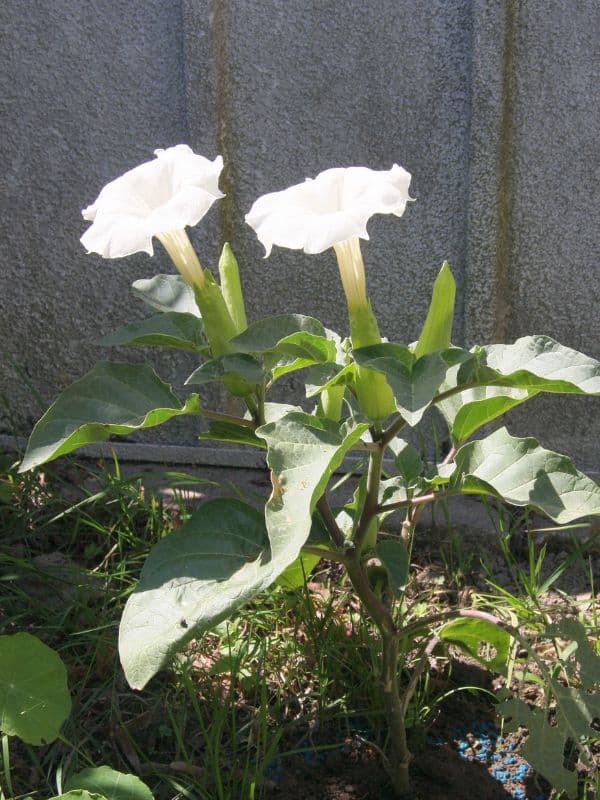
The scientific name is often cited as D. innoxia. When English botanist Philip Miller first described the species in 1768, he misspelled the Latin word innoxia (inoffensive) when naming it D. inoxia. The name Datura meteloides was for some time erroneously applied to some members of the species, but that name has now been abandoned.
Datura innoxia is a tuberous-rooted subshrub that typically reaches a height of 0.6 to 1.5 metres. Its stems and leaves are covered with short and soft grayish hairs, giving the whole plant a grayish appearance. It has elliptic smooth-edged leaves with pinnate venation. All parts of the plant emit a foul odor similar to rancid peanut butter when crushed or bruised, although most people find the fragrance of the flowers to be quite pleasant when they bloom at night.
The flowers are white, trumpet-shaped, 12–19 cm (4.5–7.5 in) long. They first grow upright, and later incline downward. It flowers from early summer until late fall.
The fruit is an egg-shaped spiny capsule, about 5 cm in diameter. Like those of other species belonging to section Dutra of the genus Datura, it splits open irregularly when ripe to disperse its seeds. Another means of dispersal may also occur, in which the spiny fruit becomes entangled in the fur of animals, who then carry the fruit far from the mother plant.
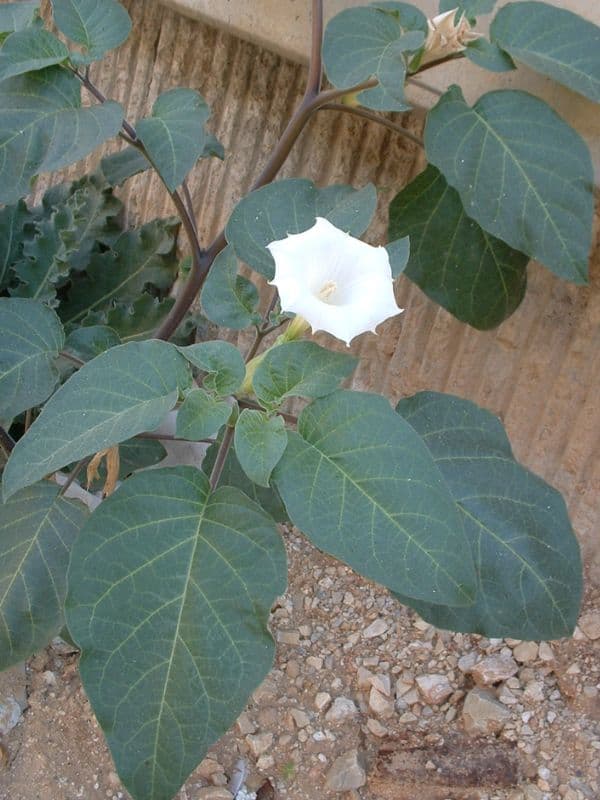
The seeds are long-lived, having the ability to lie dormant in the soil for many years. The seeds and indeed the whole plant, have strongly deliriant properties and a high potential for overdose; the slow appearance of the effects leading to the erroneous belief that the dose taken has been ineffective.
In Europe often confused with Datura wrightii, for the distinction see that species.
All parts of Datura plants are toxic, containing dangerous levels of tropane alkaloids and may be fatal if ingested by humans and other animals, including livestock and pets. In some places, it is prohibited to buy, sell or cultivate Datura plants.
II. How to Grow and Care
Sunlight, Water and Soil
Datura Innoxia needs full sunlight, fertile soil, and regular watering. If adequate moisture is not received, then the plant gets droopy. During the winter, the plants sustain themselves by how much moisture they get.
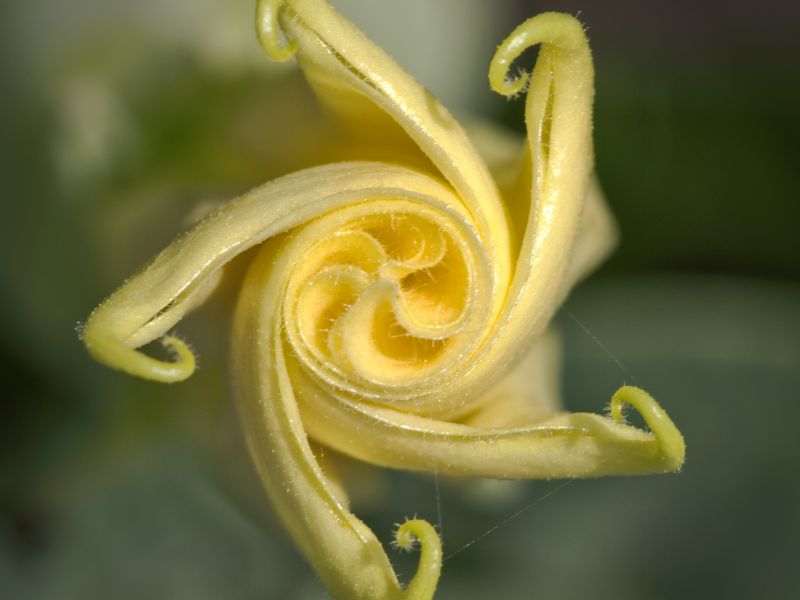
Fertilizing
The plants can be fertilized in spring with food that is high in nitrogen. Subsequently, food with higher phosphorus content is needed to help with flowering.
Pruning
There is no necessity to prune this plant.
Potting and Repotting
Potted plants need special attention and repotting annually. If left out in milder climates, the plants may lose their leaves. If grown in cooler climates, the plants need to be kept indoors.
III. Uses and Benefits
- Ornamental uses
Downy thorn-apple is a botanical garden species known for its narrow lavender or white funnel-shaped flowers. It is planted in coastal gardens, cottage gardens, and in flower beds and borders. Downy thorn-apple is considered to be very attractive and drought tolerant when planted in gardens.
- Other uses
Datura innoxia, like other Datura species, contains the highly toxic alkaloids atropine, hyoscine (scopolamine), and hyoscyamine. The Aztecs called the plant by the Nahuatl names toloatzin and toloaxihuitl (trans. “the plant with the nodding head” – in reference to the nodding seed capsules) and used it long before the Spanish conquest of Mexico for many therapeutic purposes, such as poultices for wounds where it acts as an anodyne.
Although the Aztecs warned against madness and “various and vain imaginings”, many Native Americans have used the plant as an entheogen for hallucinations and rites of passage. The alkaloids of these plants are very similar to those of mandrake, deadly nightshade, and henbane, which are also highly poisonous plants used cautiously for effective pain relief in antiquity.
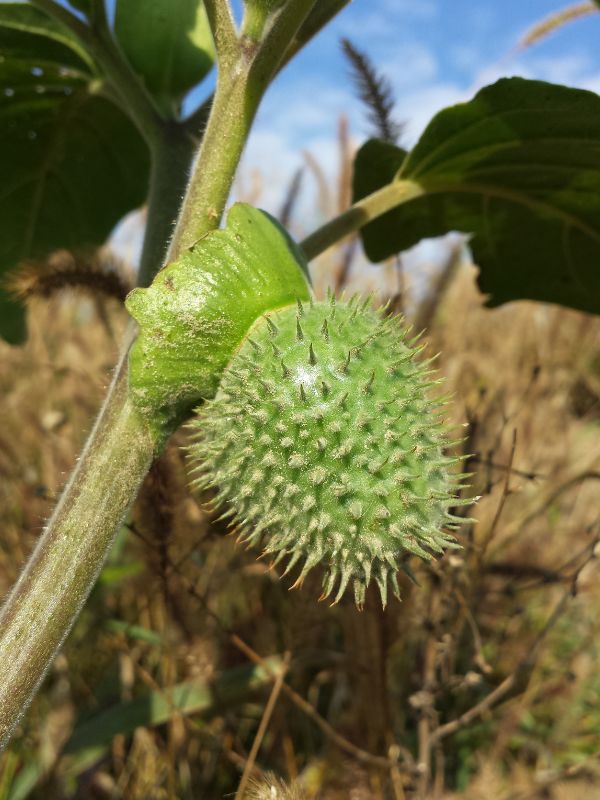
Datura intoxication typically produces a complete inability to differentiate reality from fantasy (delirium, as contrasted to hallucination); hyperthermia; tachycardia; bizarre, and possibly violent behavior; and severe mydriasis with resultant painful photophobia that can last several days.
Pronounced amnesia is another commonly reported effect. There can easily be a 5:1 variation in toxins from plant to plant, and a given plant’s toxicity depends on its age, where it is growing, and local weather conditions.
These wide variations make Datura exceptionally hazardous to use as a drug. In traditional cultures, users needed to have a great deal of experience and detailed plant knowledge so that no harm resulted from using it. Such knowledge is not widely available in modern cultures, so many unfortunate incidents result from ingesting Datura. In the 1990s and 2000s, the United States media contained stories of adolescents and young adults dying or becoming seriously ill from intentionally ingesting Datura.
IV. How to Control
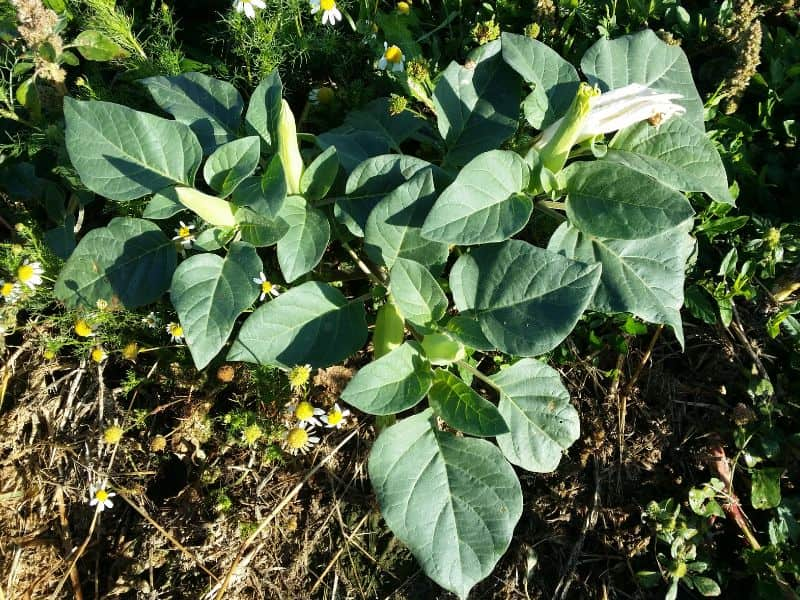
Isolated plants should be hand-pulled, whereas weeds are controlled when the plant is in the seedling stage for large areas of infestation. Cultivation becomes difficult as the stems become woodier, and the roots cannot be completely severed as the plant matures. Seedlings take time to emerge, so repeated cultivations are needed to help hinder infestations. Chemically, the plant can be controlled via herbicides at earlier growth stages. As the plant matures, it becomes resistant to herbicides.
Find Where to Buy the Best Downy Thorn-Apple (Datura innoxia)

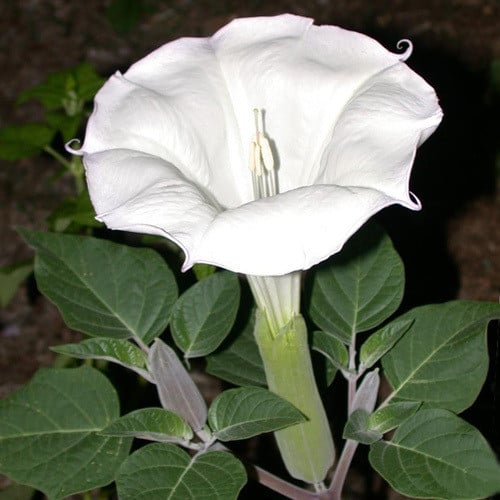
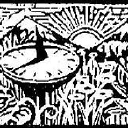


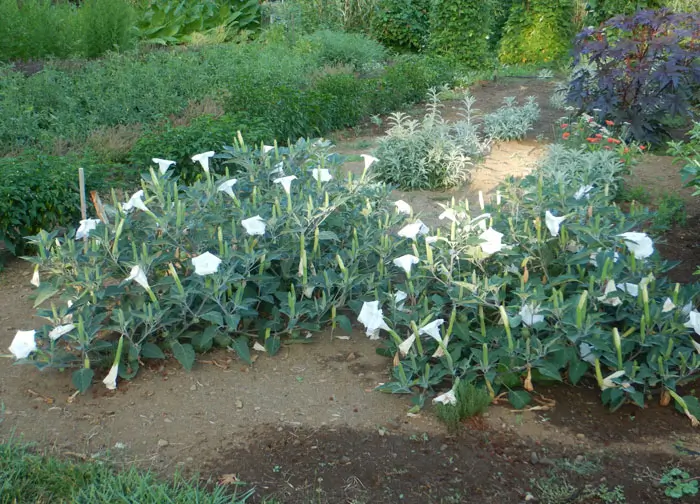


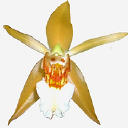











Leave a Reply